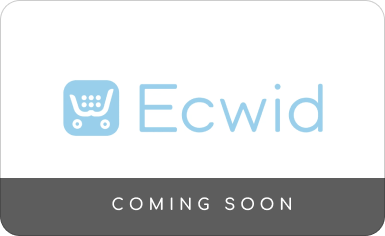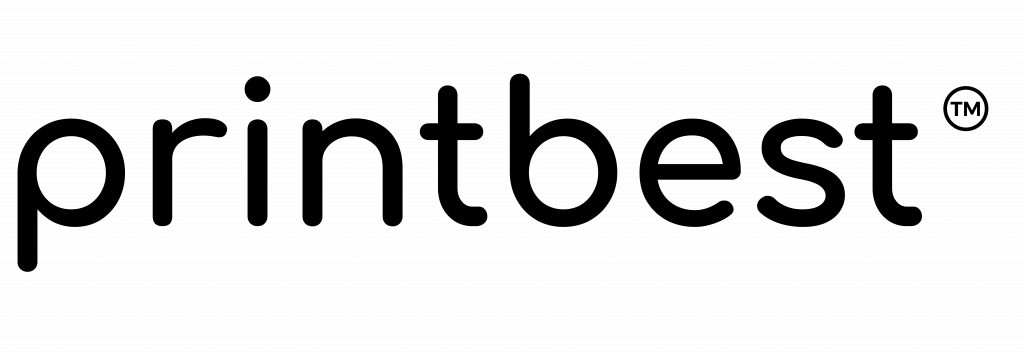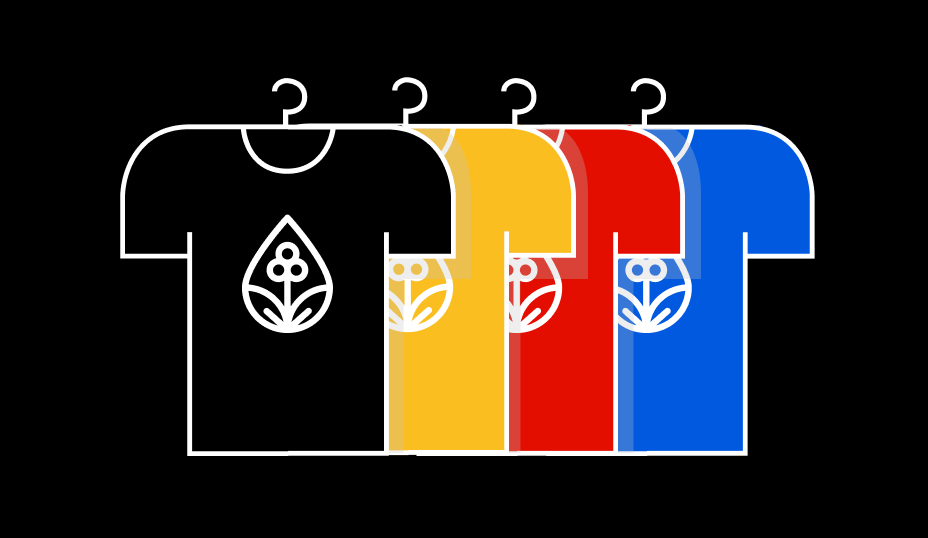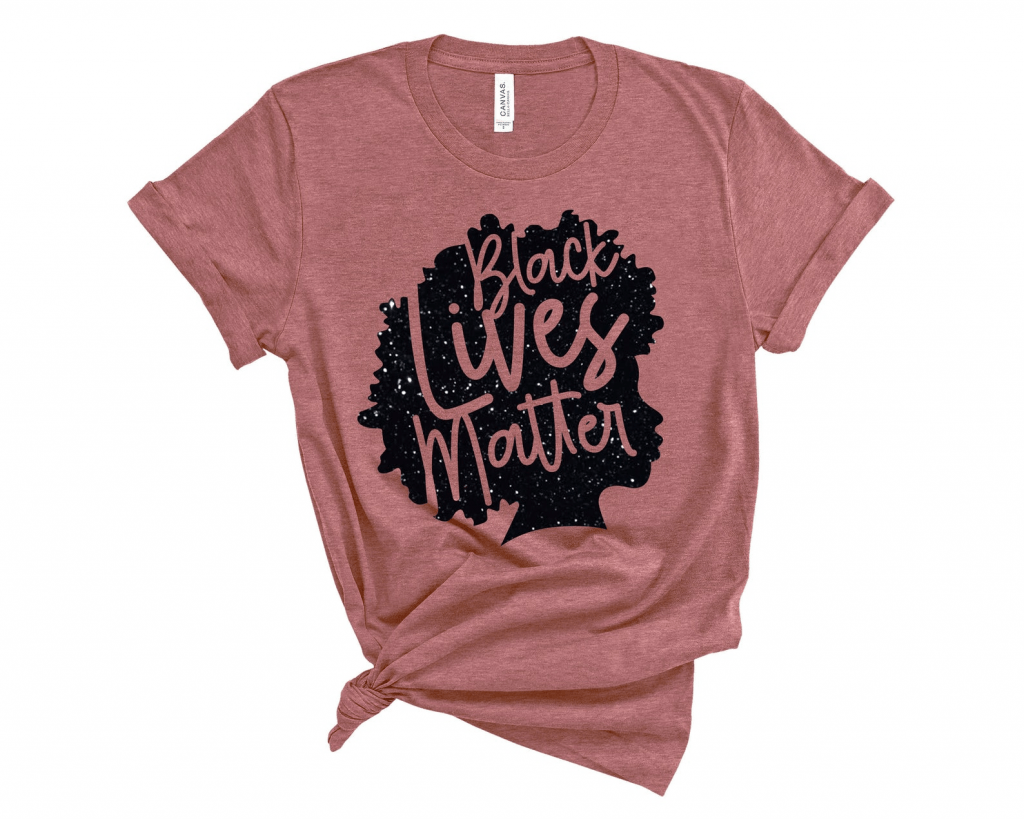There’s no better time to launch an online T-shirt business than now. It’s just that you have to identify T-shirt business opportunities and take action.
From the very first undershirt for the U.S. Navy to what the New York Times called “the medium for the message,” T-shirts are everywhere.
Since the 1970s, T-shirts have become a powerful messaging platform that we know them as today. More than any other apparel, T-shirts allow us to communicate our message to everyone without saying anything. We’ve seen commercial T-shirts promoting beer, hot dogs, rock groups, movies, or disc jockeys. We’ve also seen how T-shirts have been used to boost political and social movements like Black Lives Matter.
Whether you’re a new mom who wants to make money online while taking care of your baby at home or you’re running a small business that is looking to diversify your revenue stream, selling T-shirts can help you achieve your goals.
9 Reasons for Seizing T-Shirt Business Opportunities in 2022
Let’s start from the top.
1. Custom T-Shirts Are a Popular and Growing Industry
Huge demand for T-shirts with slogans or logos of movies, games, and TV series printed on them has increased for the past few years. But gone are the days when only individuals bought T-shirts.
Today, companies, especially start-ups, use T-shirts as a part of their branding strategy to increase their brand visibility and grab people’s attention. T-shirts also play a critical role in creating social awareness, raising a voice, and supporting a cause, which positively influences the market growth.
According to Grand View Research, the global custom T-shirt printing industry was valued at 3.64 billion USD in 2020. It’ll potentially expand at a compound annual growth rate of 9.7% from 2021 to 2028.
In the U.S. only, IBISWorld reported that the sales of the online original design T-shirt industry will surpass $516.4 million in 2021. This number increased faster than the online retail sector overall, making it attractive for new entrants.
If you want to get into the custom T-shirt market, there has scarcely been a better time. T-shirt business opportunities are growing by the day.
2. COVID-19 Has Accelerated Sales for Custom T-Shirts
Covid-19 negatively hit every sector from finance to hospitality. Fashion, due to its discretionary nature, is particularly vulnerable. McKinsey reported that in Europe and the U.S., more than 65% of consumers expected to decrease their spending on apparel.
That said, the pandemic has increased the growth of online clothing sales. Data from Adobe Analytics shows that T-shirt sales jumped 47% in April 2020. According to SinaLite Marketing Data, after Covid-19 hit North America, the number of T-shirt orders spiked to over four times than the pre-pandemic number (approximately 330% increase). The percentage of wholesale customers who ordered printed apparel also rose by over 16%.
Why did that happen?
A possible explanation is that since people shifted towards more comfortable, stay-at-home clothes, brands tried to play up the comfort-cozy trend. Here a new significance of T-shirts comes to play.
T-shirts are an affordable, easy-to-make item, making it ideal for brands to make and sell. On average, a T-shirt costs less than $7 to produce, and brands can sell them for $40-$50.
Another reason for T-shirt sales growth during the crisis is that people have bought T-shirts to support small businesses.
For example, Dylan Hattem, founder of DS Projects, launched a relief initiative called “This T-Shirt” to make and sell custom T-shirts on Instagram. His goal was to raise $20,000 to support small businesses and charities, but he quickly achieved $200,000 after a short time.
3. Selling T-Shirts Is Great for Making Extra Money
According to Reuter analysis, the U.S. economy ended 2020 with 9.4 million fewer jobs and 3.37 million people losing their jobs permanently.
Many Americans have had trouble paying their bill or dipped into savings accounts to make ends meet. Others have borrowed money from friends or family or gotten food from a food bank.
The more we dig deeper into financial problems due to the Covid-19 crisis, the more we’ll see the importance of having multiple income sources.
Good news? It’s never too late to diversify your income, and you can start right now by launching a T-shirt printing business.
Everyone owns at least one T-shirt regardless of age, gender, and so on. That’s why a T-shirt business can help you make extra money in a very short amount of time. If your T-shirts deliver a message that resonates with people, the higher chance is they’ll buy your products.
A T-shirt business is an easy way to earn extra income no matter if you’re a student, a stay-at-home parent, a nurse, or an engineer. As long as you have some free time, you can experiment with selling T-shirts and make real money.
4. T-Shirt Business Opportunities Are Low-Cost and Low-Risk
Chris Durso started The Foodnited States as an idea of making each U.S. state out of food from his then 8-year-old-son. He created a photo series of 50 states out of food by hand, which went viral on Instagram in 2015.
Two years later, Chris turned the original photo series into illustrations for T-shirts and launched FoodnitedStates.com without a budget to speak of. He focused on organic social media and email marketing to drive traffic to the website and convert visitors, not selling on Amazon or Etsy.
Results? The Foodnited States became profitable in the second year and generated an extra 3-5K each month. It now sells a range of T-shirts, stickers, coffee mugs, fridge magnets, and posters, offering products specific to 13 states.
Selling custom T-shirts is a great way to participate in entrepreneurship. You don’t have to pay for the product up front, buy printers (which can be very expensive), or worry about the supply chain. Your print on demand supplier handles all the technical parts of the printing process, fulfillment, and delivery. All you need to do is choose a T-shirt, customize it with your own design, add it to your store, and start selling.
When a customer makes an order, that order is automatically sent to your supplier, who gets it printed, packed, and shipped. You’ll receive a notification and tracking number when the order is shipped and delivered to the customer. Because your supplier takes care of everything, you can focus more on marketing and sales.
That said, if you want to take your store up a notch and have a budget for that, you can improve your business by investing in:
- An ecommerce platform like Shopify and a domain to build your own print on demand (POD) store (instead of selling on online marketplaces).
- A logo from Fivver so you can build a real brand.
- A print on demand service to connect with your ecommerce platform so your orders can get printed, fulfilled, and delivered.
- Paid T-shirt mockup templates from websites like Placeit.
- Paid advertising and marketing to promote your T-shirts.
5. It’s Easy to Add a New Revenue Stream to Your Existing Business
Luke Pierce and Annie Williams Pierce opened Law Bird, a cocktail bar in Columbus, Ohio. When Law Bird had to close indefinitely due to Covid-19, the couple decided to make Law Bird T-shirts to sell online, which helped them survive the bar and paid lay-off staff.
Law Bird isn’t the only case selling T-shirts to make extra revenue. Dining establishments across America have also relied on sales of T-shirts and other custom merchandise. With Covid-19 putting live music on hold, musicians and artists who depend on touring for the bulk of their income have been facing major setbacks. To keep their work running, many responded by doubling down on selling T-shirts.
Since a T-shirt business requires low cost and doesn’t have many risks, it’s a great way to bring a new revenue stream to your existing business.
6. You Don’t Need Excellent Design Skills to Get Started
After seeing a cute message “feel safe at night and sleep with a butcher” on Instagram, Benny Hsu used his basic Photoshop skills to put the message to T-shirts. He then ran ads on Facebook to sell his T-shirts to pediatric nurses. Seven days after the campaign ended, he had sold 17 shirts.
Following this small achievement, Benny continued to find new design ideas and work on new campaigns. Six months later, he got a profit of over 100K.
Although having design skills is awesome, you don’t need them to start an online T-shirt business. You’ll likely only need to know how to crop graphics, change colors, and position text. You can get these tasks done easily by using free design tools like Canva.
In case you’re stuck with design ideas, here are some sources to inspire you:
- Successful T-shirt businesses: Go to their websites or their stores on marketplaces or their Instagram accounts. Then, find out what their designs sell and what doesn’t (based on followers’ reviews, comments, likes, and shares). Put your own twist on their winning designs.
- Design tools like Canva and Stencil: Browse their free template library and choose a template to create your mockup. Canvas also offers a huge selection of open-source graphics and fonts.
- Stock images like Pixabay, Pexels, and Unsplash: Search for “T-shirt,” and you may have new ideas for your designs.
Keep in mind that your T-shirt designs don’t need to be complicated. You’re free to create a design with text only without using illustrations. Some print on demand services like Printbest even provide you with royalty-free images and a mockup generator, allowing you to design a T-shirt in minutes.
7. Younger Generations Love Personalized T-Shirts
Deloitte research found that one in five consumers who expressed an interest in personalized products or services are willing to pay a 20% premium. About 50% of consumers believed customized products can make great gifts.
Millennials
According to SmarterHQ’s report, personalization is especially important to millennials. They outspend other cohorts in many key categories, such as custom apparel and footwear. They’re happy to pay more to get exactly what they want and feel emotionally connected to brands. Emblazoning T-shirts with the hottest brands is how they show their fashion sense.
Gen Zers
The key to Gen Zers’ hearts is also through personalization. Gen Zers love fresh, unique, custom products. But unlike millennials, “they want to stand out, not fit in, so brands aren’t as important to them; rather, they’re looking for the next unique product,” as Deloitte explains. A pair of regular jeans, a monochromatic T-shirt, and running sneakers might be what most college girls will wear when they head off into a busy day.
For millennials and Gen Zers, custom T-shirts become a part of pop culture and a way of expressing themselves. Every T-shirt has a story, and it’s a journey for them to find a T-shirt that defines a part of their lives or be able to wear the T-shirt having images of their Game of Thrones favorite series or share in the joy of it with strangers on the street who love anime. That makes the value of the T-shirt, whether it costs $40, $60, or $100, priceless.
Keep in mind these insights when designing your T-shirts, and you’ll have more chances to turn these young generations into your loyal customers.
8. Sustainable T-Shirt Printing Methods Are on Trend
Previously, people often made a buying decision based on price and quality. Those still count, of course, but with global warming, pollution, and more natural disasters, modern customers have become aware of environmental sustainability. They now pay more attention to how brands source materials, manufacture products, or give back to communities.
Many sustainable T-shirt printing solutions are developed to fulfil customers’ expectations. At Prinbest, we use the Kornit direct-to-garment (DTG) printing technique: 100% waterless and no pre-treatment, steaming or washing required. The Kornit method follows a biodegradable ink- and energy-saving process, making it an eco-friendly printing solution.
More garment brands also switch to produce shirts ethically and sustainably. Take Bella+Canvas as an example. Their T-shirt printing process uses much less water than the average, saving 24 million gallons a week. Any water they use goes through a filtration system that allows it to be recycled. Even excess fabric is also recycled into things like baby bibs or stuffing for upholstery.
9. Online Learning Is More Accessible Than Ever
Wonder how to get started when you have no idea what selling online looks like?
Don’t worry. Try to explore blogs about print on demand like Prinbest blog, join T-shirt business courses on Udemy, or watch YouTube videos about selling T-shirts. The Internet these days is full of free, high-quality, educational resources that can help you learn about POD, marketing, entrepreneurship, business management, and almost anything else.
Another way to equip yourself with more knowledge about selling T-shirts is to follow social media accounts of T-shirt business owners. They might often share their success stories, failure lessons, and useful business tips. Follow them and apply what you learn to your business.
Ready to Launch Your T-Shirt Business?
Selling T-shirts online is now more affordable and profitable than ever. Don’t miss out on this huge T-shirt business opportunity to make your entrepreneurial dream come true or create another revenue stream for your existing business.
Not sure where to start? Sign up for a Printbest account, upload your design, and you’ll get a mockup for your first T-shirts. We also have useful resources to help you kick off your own online store.

Lavender Nguyen
Lavender is a full-time freelance writer for SaaS and eCommerce. She’s obsessed with research, writing, and reading. Learn more about her at lavenderwrites.com





